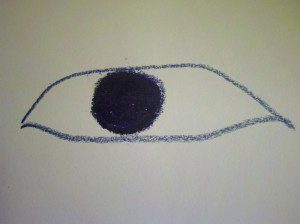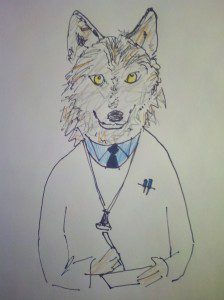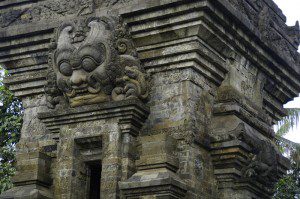 The bumper sticker on my car reads WAKE UP AND DREAM. I am not the first to realize that dreaming may be a way of waking up.
The bumper sticker on my car reads WAKE UP AND DREAM. I am not the first to realize that dreaming may be a way of waking up.
The Egyptian word for dream is rswt. It literally means “awakening,” and in hieroglyphics it often appears followed by a determinative depicted as an open eye.
This makes sense when we reflect that in much of waking life, we can find ourselves in the condition of sleepwalkers, driven by schedules and other people’s agendas, too busy or too stressed or too “out of it” to remember what it’s all about. The Renaissance physician and alchemist Paracelsus put it like this: “That which the dream shows is the shadow of such wisdom as exists in man, even if during his waking state he may know nothing about it…. We do not know it because we are fooling away our time with outward and perishing things, and are asleep in regard to that which is real within ourselves.”
For many ancient and indigenous cultures, the dream world is as real – even more real – than everyday waking life. “The dream world is the real world,” say the Seneca Iroquois Indians. For most human cultures, across most of history, dreams are of vital importance for two key reasons: they offer a place of encounter between humans and the more-than-human, and they may be prophetic, revealing events that lie in the future.
Both functions of dreaming are possible — in the understanding of our oldest psychology — because in dreams we travel outside the laws of Newtonian physics and because in dreams, we can receive visitations. This understanding is reflected in the vocabulary of cultures that place a high valuation on dreams.
For example, among the Makiritare, a tribal people of Venezuela, the word for dream is adekato, which means a journey of the soul. “When we dream, the spirit goes on walkabout,” says a wise woman of the Kukatja, an Aboriginal people ofAustralia’sWesternDesert. Among the Australian Aborigines, personal dreams may be expeditions into the Dreamtime, the place of creation.
Other gifts and powers of dreaming play hide-and-seek in the vocabularies of other peoples. In the Irish, an aisling may be a dream, a vision, a poem, or all three. In Hebrew, to dream (halam) may also be to bring yourself good health. Among the Iroquois Indians, to dream (kateraswas) is to bring yourself good luck, and a dreamer (atetshents) is also a shaman, a healer, and a physician.
–
Adapted from The Three “Only” Things: Tapping the Power of Dreams, Coincidence and Imagination by Robert Moss. Published by New World Library.

